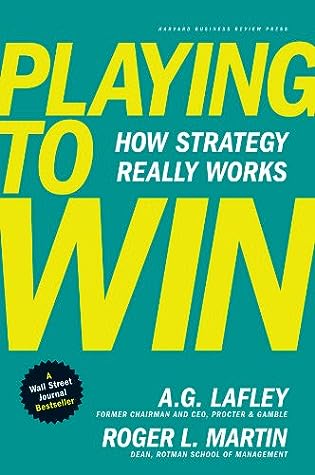More on this book
Community
Kindle Notes & Highlights
The buy-in process is long and tedious, yet it often results in only the appearance of concurrence, followed by foot-dragging by those who never truly bought in.
By turning instead to exploring what would have to be true, teams go from battling one another to working together to explore ideas.
As a general rule, an issue—for example, declining sales or technology change in the industry—can’t be resolved until it is framed as a choice.
the process for choosing between possibilities for where to play and how to win. First, frame a choice. Second, explore possibilities to broaden the set of mutually exclusive possibilities. Third, for each possibility, ask, what would have to be true for this to be a great idea, using the logic flow framework to structure your thinking. Fourth, determine which of the conditions is the least likely to actually hold true. Fifth, design tests against those crucial barriers to choice. Six, conduct tests. Finally, in light of the outcome of the tests and how those outcomes stack up against
...more
the best role of the consultant became clear to me: don’t attempt to convince clients which choice is best; run a process that enables them to convince themselves.
Ideally, companies should see strategy as a process rather than a result—


